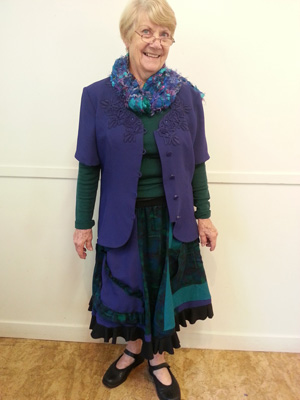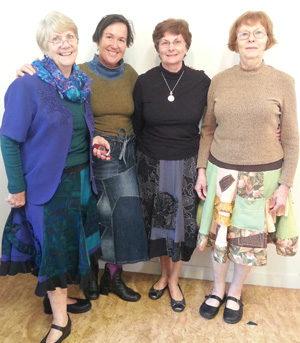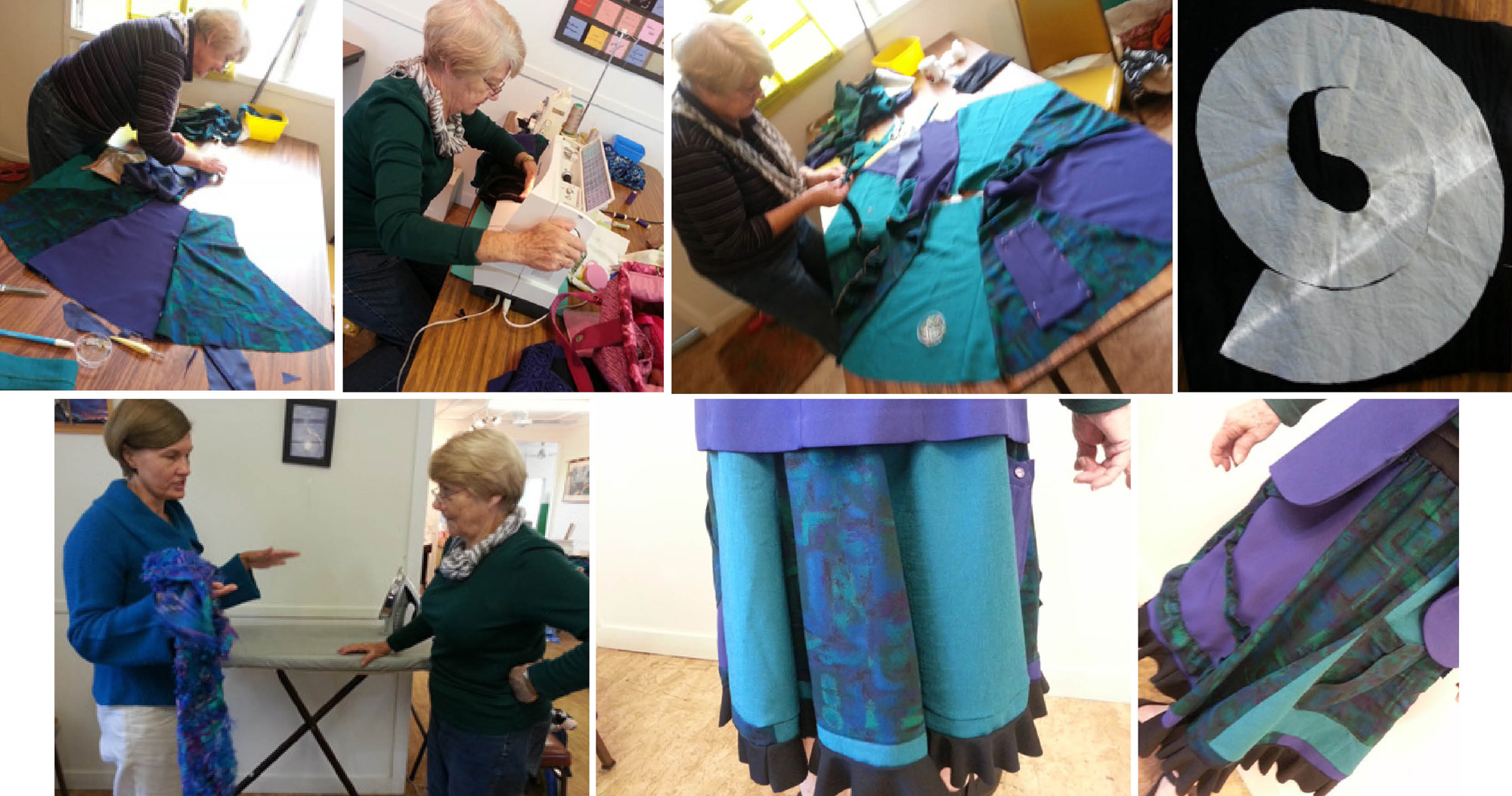 On a young woman’s cloth shopping bag I recently noticed this saying: I am not a shopaholic, I am helping the economy. Well, at least it was a recyclable bag even if the message is questionable.
On a young woman’s cloth shopping bag I recently noticed this saying: I am not a shopaholic, I am helping the economy. Well, at least it was a recyclable bag even if the message is questionable.
We have been conditioned to believe that buying more stuff is good for us and society when clearly that’s not the case. We live in a world with finite resources and it known that over-consumption on all levels is impacting our health in obvious as well as subtle ways. But some people make money out of encouraging over consumption.
As one gets older, and hopefully wiser, it is interesting to reflect on our purpose in life and what we might do (beyond purchasing) to help make the world a better place.
I’ve had many satisfying and challenging work roles and life experiences that led me in 2014 to embark on this Sew it Again creative journey that utilises all my skills and knowledge. For one year out of my lifetime, I am engaging wholeheartedly in slow fashion.
I am upcycling existing clothing every day instead of buying new, engaging others by sharing ideas of how to apply simple sewing techniques in new ways, and helping shift society’s thinking about the way we engage with clothing and fashion.
For the second-half of this year, I’ll be reflecting more on alternative models and ways of being, living and doing – no matter how old or young you are.
 It is exciting that the gorgeous Audrey marks the half-way point in this year as Sew 183, a history skirt she made from garments she was no longer wearing. Here’s Audrey, with me (Jane Milburn), Bev and Fay wearing upcycled refashion at the June workshop in Biloela run with support from the Biloela Arts Council and a Regional Development Arts Fund grant. It is great to see these over-70s ladies being creative and innovative in the way they dress!
It is exciting that the gorgeous Audrey marks the half-way point in this year as Sew 183, a history skirt she made from garments she was no longer wearing. Here’s Audrey, with me (Jane Milburn), Bev and Fay wearing upcycled refashion at the June workshop in Biloela run with support from the Biloela Arts Council and a Regional Development Arts Fund grant. It is great to see these over-70s ladies being creative and innovative in the way they dress!
Knowing her preferred dress length, Audrey wanted a longer finished product than my gored history skirt pattern was set to make. We modified this by adding length at the top of the panels, of which she proceeded to cut out and sew seven together to make the body of the skirt. When the finished skirt was still a little shorter than she preferred, we created an extra frill from offcuts. When I look at this photo of Audrey above, I remember how thrilled she was modelling the finished product – made with her own hands and effort, from existing clothing that was going to waste. How satisfying is that? Ultimately we are all searching for stories and meaning in what we do, and Audrey has a great story to tell about how her skirt came to be.
